13 Store-Bought Multigrain Breads That Aren’t As Healthy As They Look
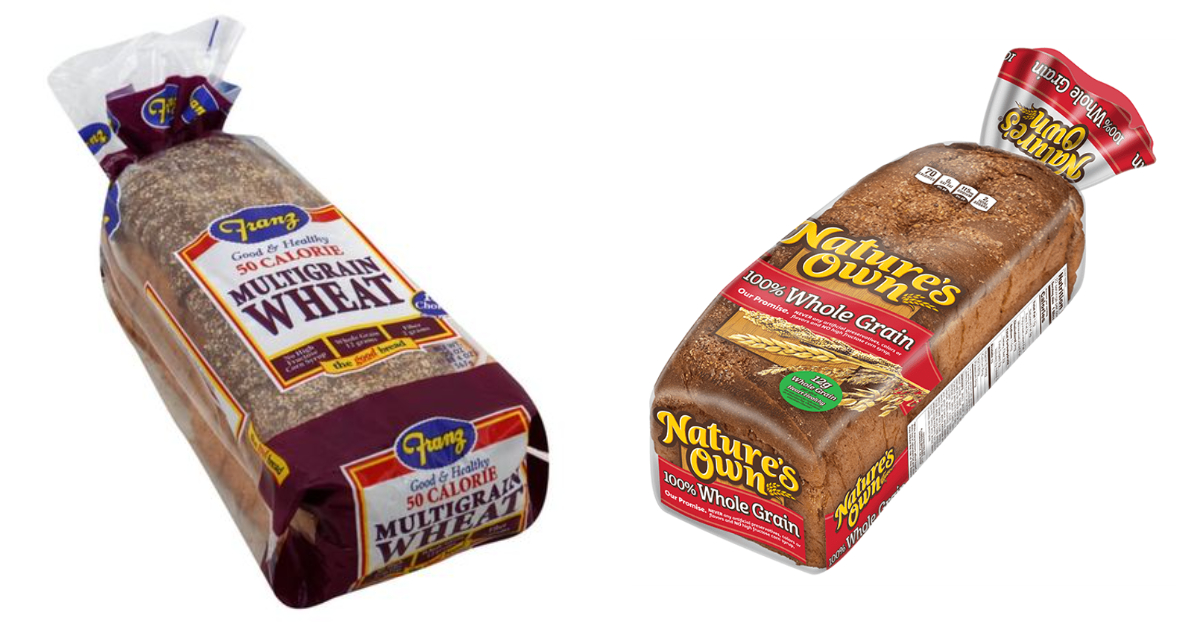
Just because a bread has “multigrain” on the label doesn’t mean it’s a nutritious choice. Many of these loaves are stuffed with added sugars, refined flours, and barely a sprinkle of actual whole grains. If you’re reaching for multigrain thinking it’s a healthier option, you might want to think twice. Here are 13 store-bought multigrain breads that look healthy—but don’t exactly walk the walk.
1. Nature’s Own 100% Whole Grain
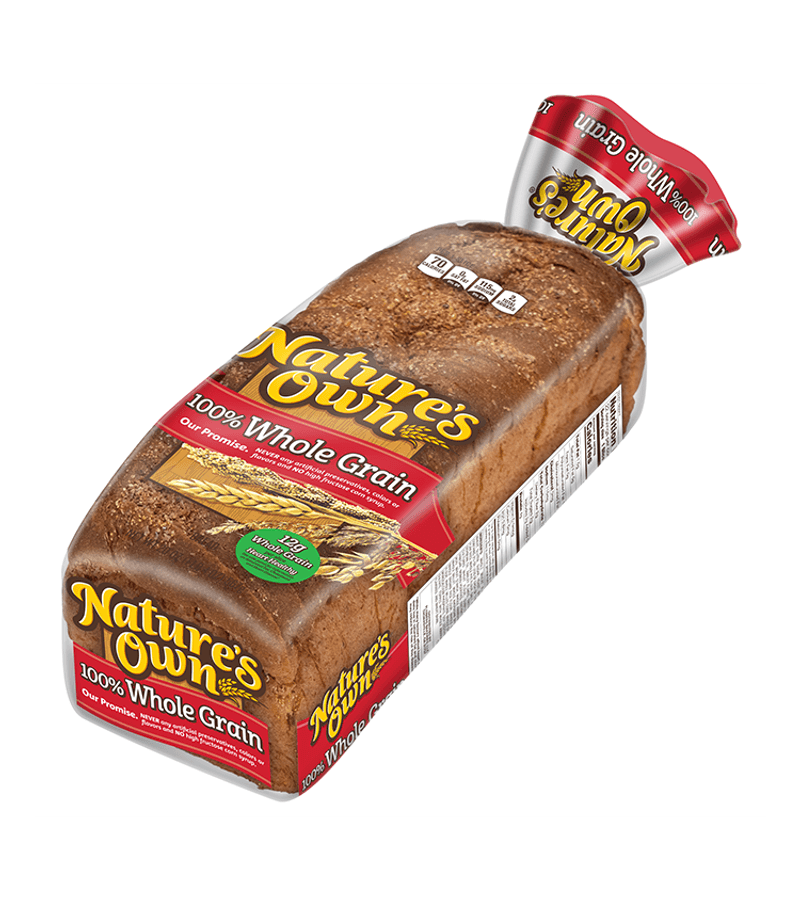
Nature’s Own 100% Whole Grain bread promises wholesomeness, but dig deeper and the story changes. Despite its name, this bread includes added sugars, making it sweeter than expected for a whole grain option. The fiber content doesn’t match up to its wholesome claim, leaving health enthusiasts questioning its benefits.
Its texture is soft, giving it an appeal that many enjoy, yet this softness often hints at processed ingredients. Interestingly, Nature’s Own manages to balance taste with its wholesome facade, but at a nutritional cost. If whole grain is your goal, you might want to explore other options.
2. Pepperidge Farm 15 Grain Bread
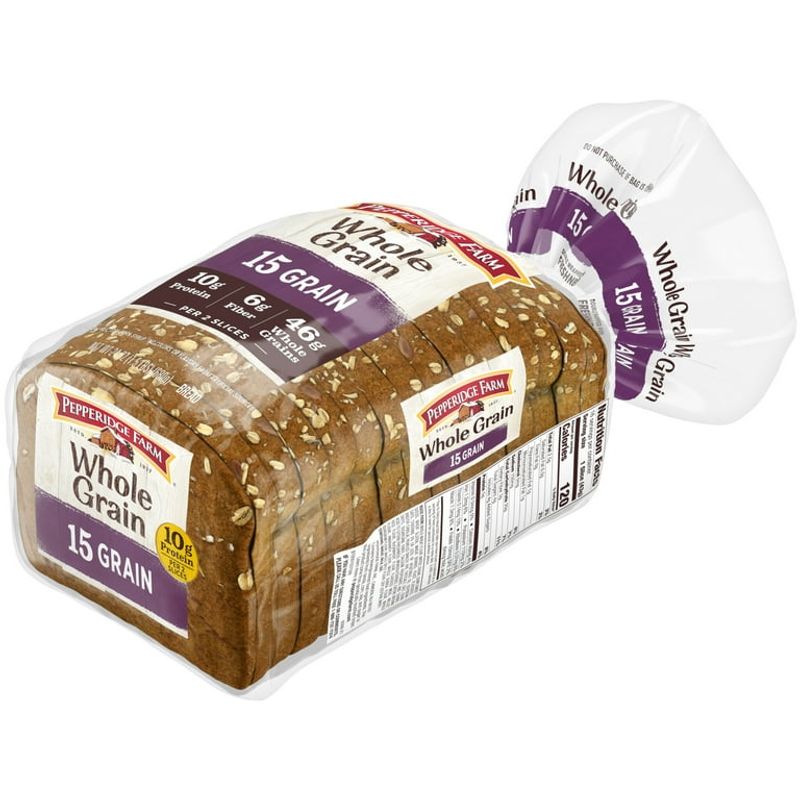
At first glance, Pepperidge Farm 15 Grain Bread looks like a grain lover’s dream. However, a closer inspection reveals enriched white flour as the main ingredient. This means the grains are more of a supporting cast than the main event.
The allure of 15 different grains tempts shoppers, but the reality doesn’t deliver the nutritional punch expected. The taste leans into a sweetness that suggests added sugars. While it stands as a versatile bread for sandwiches, its health claims take a backseat to the refined nature of its primary ingredients.
3. Sara Lee Multigrain Bread

Sara Lee’s Multigrain Bread has a softness that many find comforting. This texture comes from a core of processed flour and sugar, making it less of a health food and more of a treat.
The label might claim multigrain, but the nutritional benefits are undermined by its ingredients. It’s a popular choice for those seeking a sweet, soft bread, yet these characteristics signify its processed nature. A more fiber-rich, whole grain option might better serve those looking for nutritious bread.
4. Arnold/Oroweat Health Nut Bread
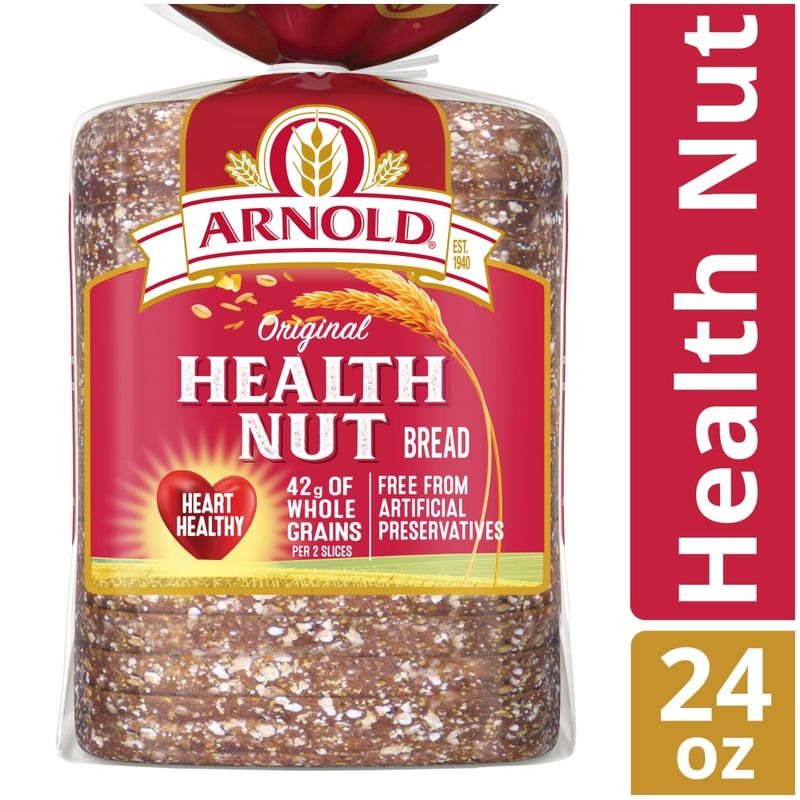
Arnold/Oroweat Health Nut Bread combines nuts and grains in a way that sounds healthy, yet the fiber content tells a different story. Added sugars make an appearance, reducing its nutritional value.
Those nuts, while present, don’t compensate for the lack of fiber expected in a truly healthy loaf. The taste is nutty and satisfying for many, but the reality of its health benefits is less impressive. If fiber is a priority, this bread may not meet expectations despite the enticing promise of nuts and grains.
5. Dave’s Killer Bread 21 Whole Grains and Seeds (White Done Right)
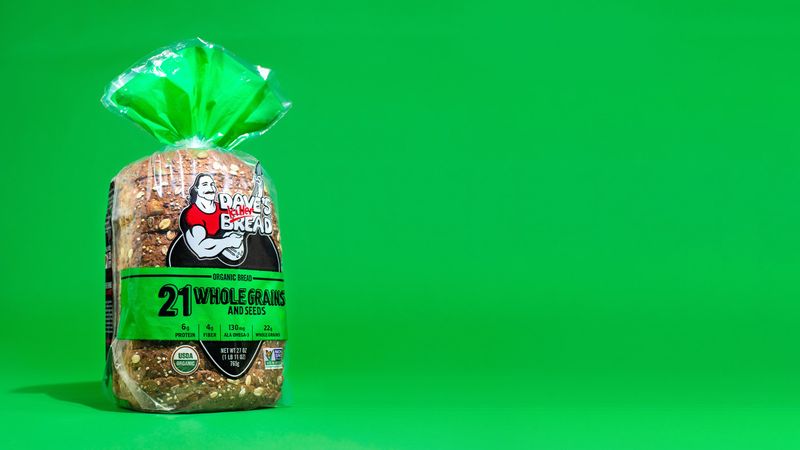
Dave’s Killer Bread markets itself as a health-conscious choice, especially with its 21 Whole Grains and Seeds variety. However, its sugar content raises eyebrows for those seeking a cleaner option.
The bread’s composition includes quality grains, yet the sweetness contradicts its healthy image. Fans of hearty bread may appreciate its texture, but they should consider the trade-off between taste and sugar content. For those avoiding added sugars, this might not be the killer choice they expected.
6. Wonder Classic Multigrain
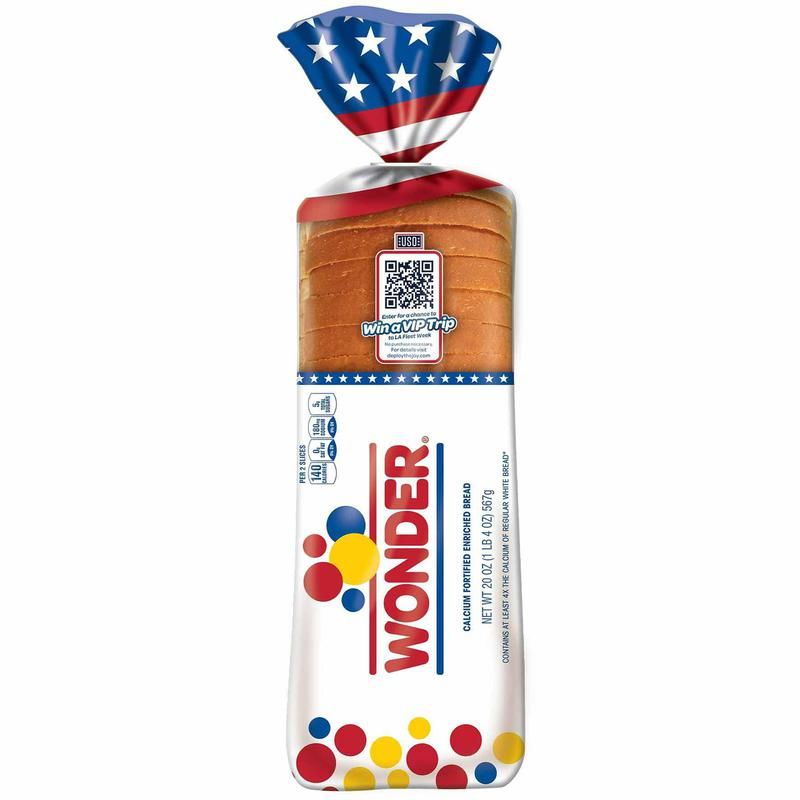
Wonder Classic Multigrain Bread appears to offer the best of both worlds with a promise of grains and the soft texture of white bread. However, this combination falls short nutritionally.
The grains are more decorative than functional, and the base is akin to white bread with a few added seeds. It appeals to those who enjoy soft bread but may disappoint anyone seeking genuine health benefits. While it’s a staple in many households, its multigrain label is more marketing than substance.
7. Franz Multigrain Bread
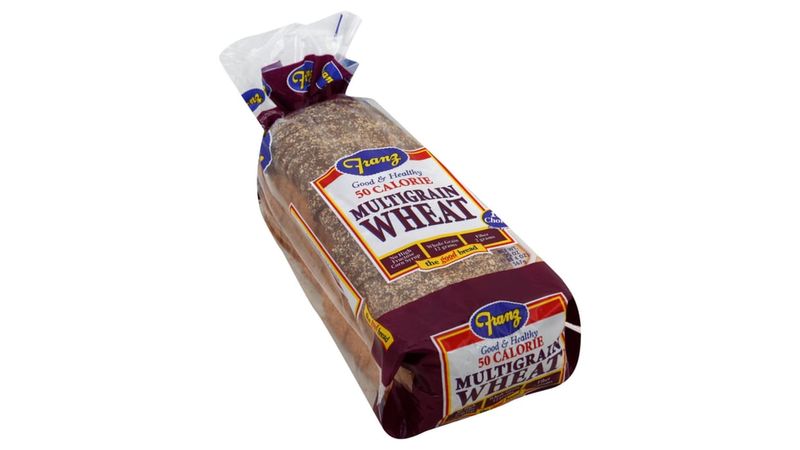
Franz Multigrain Bread comes with a long list of additives and enriched flour as a primary ingredient. While it presents itself as a wholesome option, the reality leans heavily on processed components.
Its taste is agreeable, which makes it a household favorite. However, those seeking true multigrain benefits may want to look elsewhere. The presence of additives and sugars undercuts its healthy facade, making it less than ideal for health-conscious consumers.
8. Great Value Multigrain Bread (Walmart)
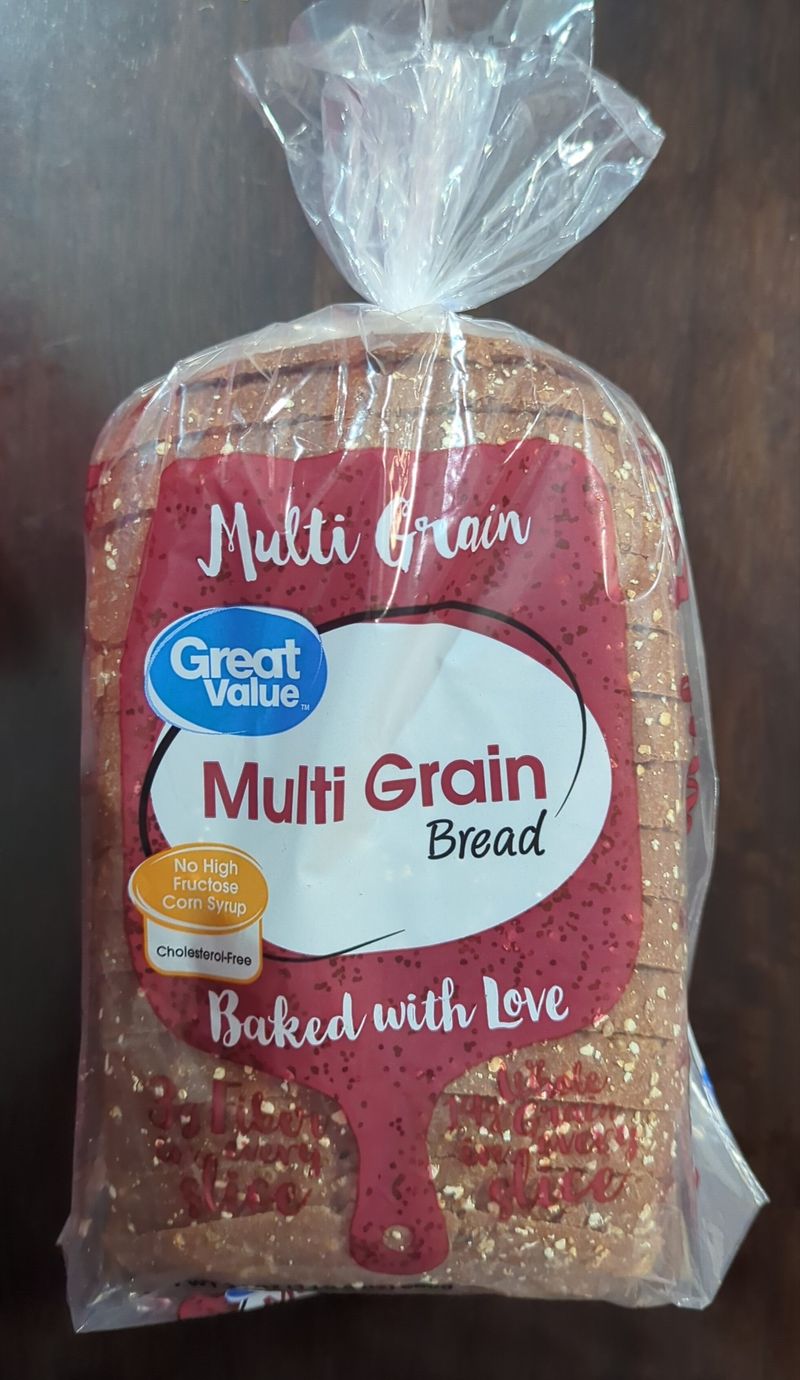
Great Value Multigrain Bread from Walmart offers affordability, but at the cost of nutritional integrity. Made primarily from refined flour, it includes preservatives that extend shelf life but diminish wholesomeness.
For shoppers on a budget, it might seem appealing, but the compromise on ingredients suggests it’s not the healthiest choice. It provides the basics of bread but lacks the fiber and whole grains often associated with true multigrain options. Choosing it means prioritizing cost over nutritional quality.
9. Entenmann’s Multigrain Bread
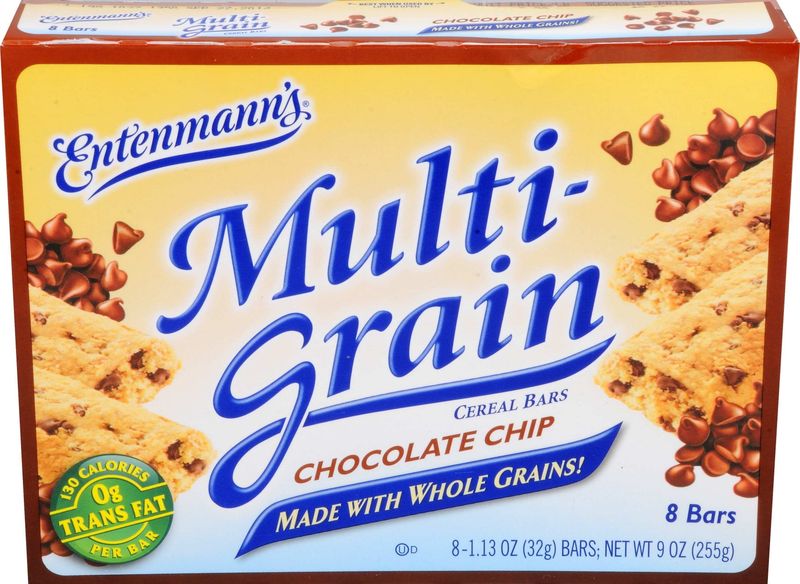
Entenmann’s Multigrain Bread may have the word multigrain in its name, but the execution doesn’t live up to expectations. The sweetness hints at added sugars, overshadowing any potential grain benefits.
It’s a familiar name in many households, often chosen for its taste over its health attributes. While it works well for sandwiches, those seeking nutritional value should consider alternatives. Its multigrain label, while catchy, doesn’t deliver on the promise of health.
10. Brownberry Multigrain Bread
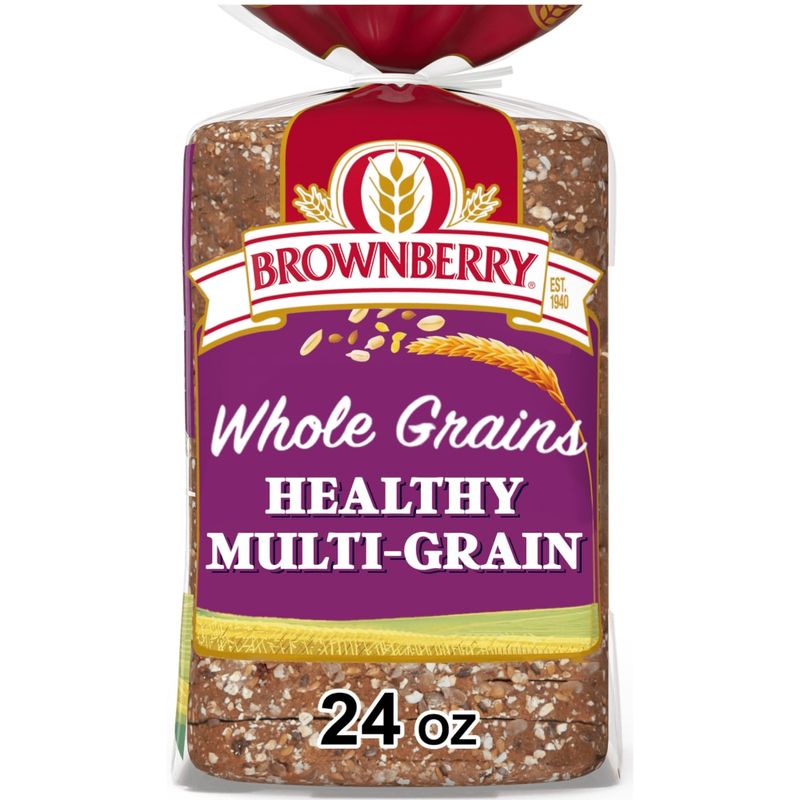
Brownberry Multigrain Bread offers visible grains and seeds, yet the added sugars lower its nutritional standing. The fiber content is surprisingly low for a product marketing itself as multigrain.
Its taste is generally appealing, capturing a wide audience, but the health benefits fall short. For those who prioritize whole grain nutrition, exploring other brands might be wiser. The balance between taste and health isn’t as even as the packaging might imply.
11. Thomas’ Multigrain English Muffins
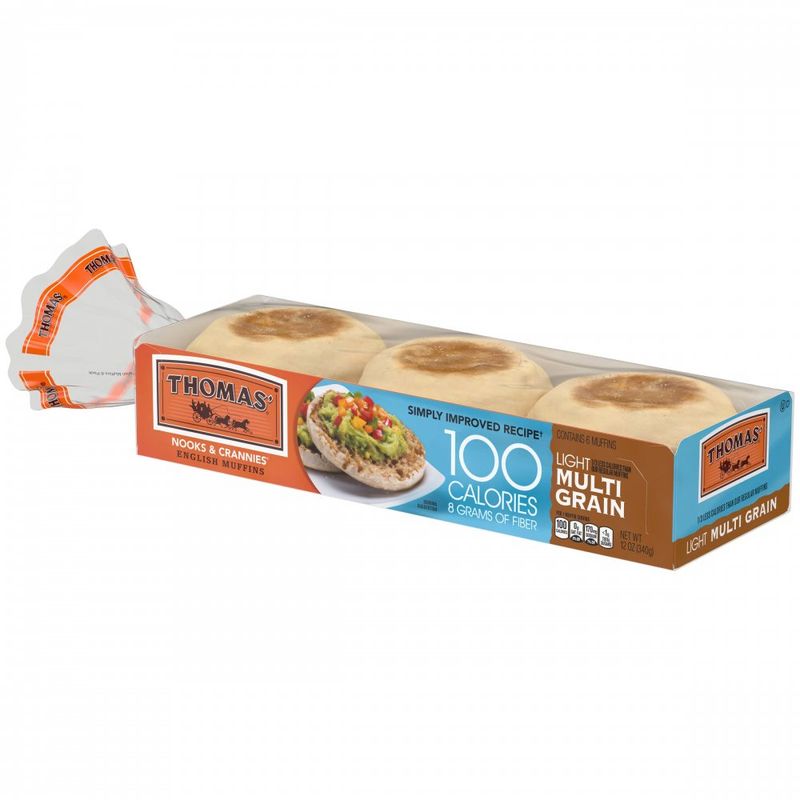
Thomas’ Multigrain English Muffins are a breakfast staple, yet their processed nature includes added sugars and refined flours. The texture appeals to those who enjoy a soft muffin, but health seekers might be disappointed.
While they fit conveniently into a morning routine, the health claims are less convincing. For better nutritional value, true whole grain options might serve as a more fitting choice for breakfast. The appeal of convenience shouldn’t overshadow the importance of nutritional content.
12. Aldi’s Fit & Active Multigrain Bread
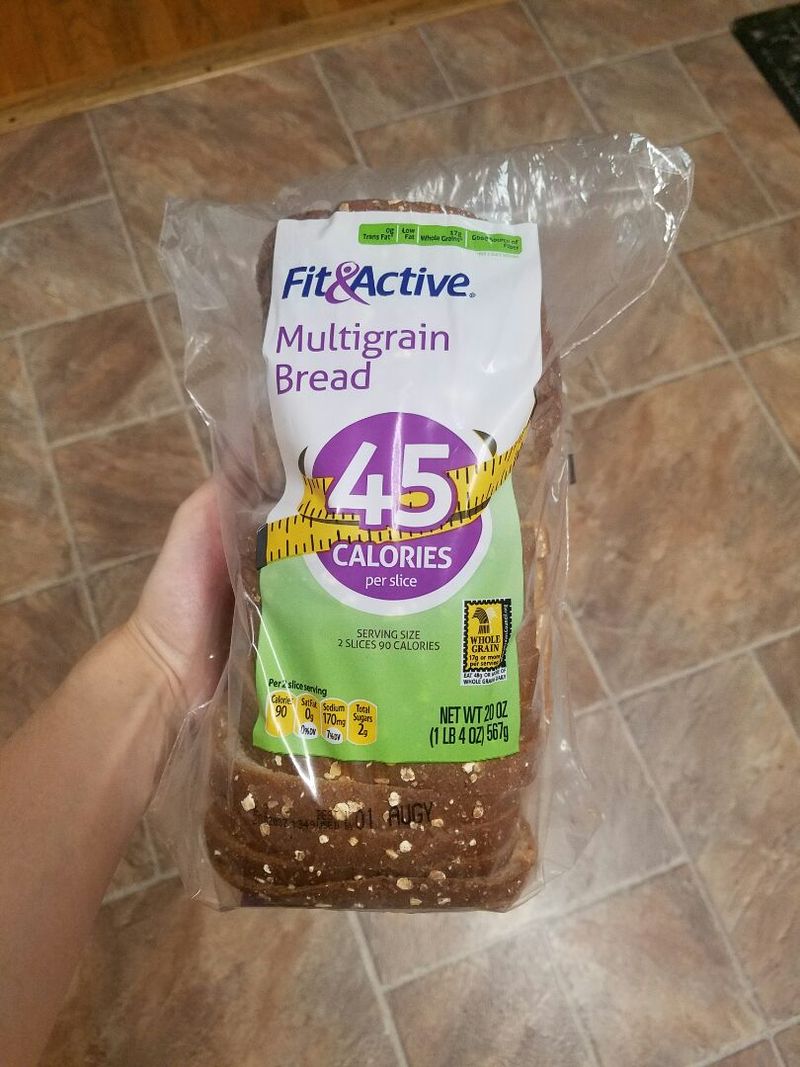
Aldi’s Fit & Active Multigrain Bread sounds like a health-conscious choice, yet its low fiber content tells a different story. Hidden sweeteners make it more of a filler than a true health food.
The label suggests a fit lifestyle, but the ingredients point elsewhere. It serves those looking for an affordable bread option, though the nutritional sacrifice is clear. Opting for a bread with higher fiber and whole grain content might better fit a health-focused diet.
13. Pepperidge Farm Light Style 7 Grain
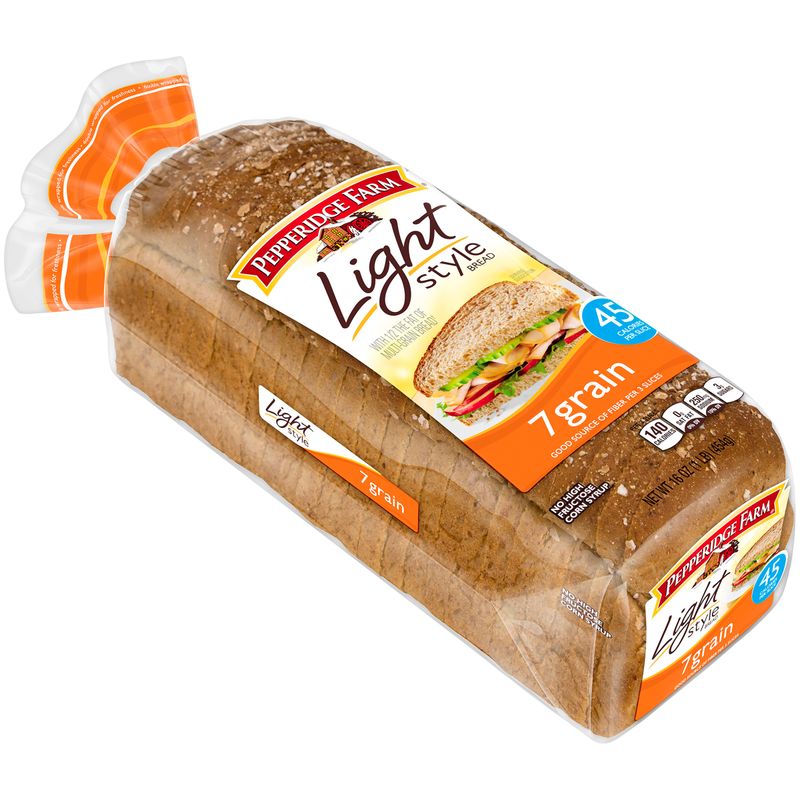
Pepperidge Farm Light Style 7 Grain Bread promises fewer calories, but this comes with a trade-off in whole grain nutrition. The addition of artificial ingredients weakens its health claims.
It offers a lighter option for those counting calories, yet the overall nutrition is lacking. If whole grain benefits are the goal, this bread might not deliver as expected. Exploring alternatives with richer nutritional profiles could provide a better balance between calorie count and health.
